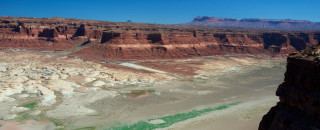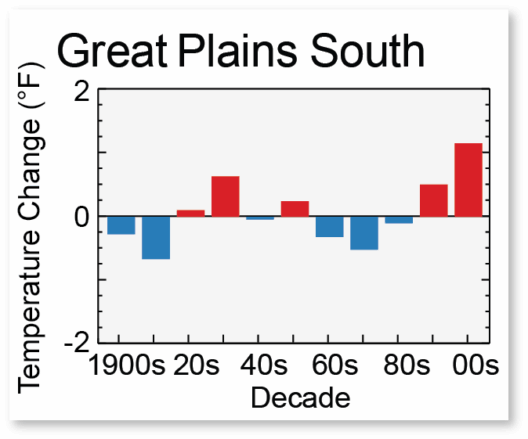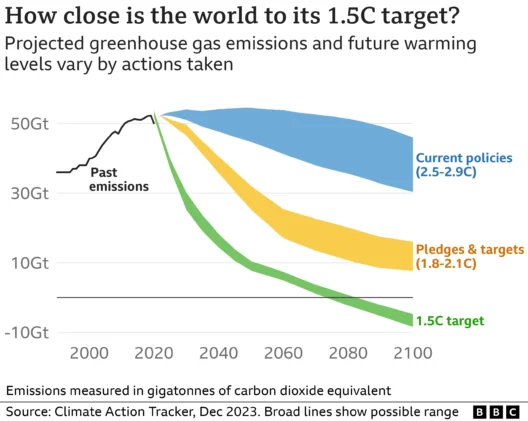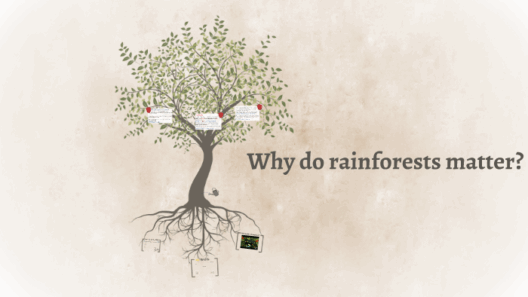Utah’s climate is a fascinating tapestry woven from the stark contrasts of its diverse landscapes. This state, revered for its striking geographical formations, exhibits a climate that is as varied as its scenery. Encompassing arid deserts and frigid mountain ranges, Utah presents a unique climate that invites exploration and understanding. Here, we delve into the intricacies of Utah’s climate, revealing the nuanced interplay between its desert days and mountain chills.
At the outset, one must recognize that Utah is predominantly characterized by a semi-arid climate. This classification indicates that while the state experiences low annual precipitation, it is significantly influenced by the surrounding topographical features, leading to various microclimates. Specifically, Utah’s geography includes the Great Basin, the Colorado Plateau, and the Rocky Mountains, each contributing distinct climatic traits.
Desert Days: The Arid Lowlands
In southern Utah, the climate is primarily desert, marked by sweltering summers and mild winters. This region, home to the iconic red rock landscapes of Zion and Arches National Parks, witnesses average summer temperatures soaring well above 90°F (32°C). During this scorching season, the sun’s rays dance across the arid terrain, often creating mirage-like phenomena that play tricks on the mind, drawing forth an image of shimmering waters that do not exist.
The lowland areas of southern Utah receive scant precipitation, typically ranging from 5 to 10 inches annually. The aridity is punctuated by the occurrence of sporadic summer thunderstorms, known as monsoonal rains. These brief yet intense downpours are crucial; they rejuvenate the parched earth and are pivotal for the survival of desert flora and fauna during the sweltering months.
Mountain Chill: The Alpine Regions
In stark contrast, the northern and central regions of Utah are dominated by the Wasatch Range, where the climate transforms dramatically. The mountains create a barrier that affects the weather patterns, leading to cooler temperatures and increased precipitation. This cooler climate is particularly evident during the winter months when the state becomes a veritable winter wonderland. Snowfall is abundant, often exceeding 500 inches in the high-altitude areas. These snow-laden mountains attract outdoor enthusiasts eager to revel in winter sports.
Winter temperatures in these mountainous regions can plunge to well below freezing, especially during the night. The chill is palpable, while days can occasionally bring a deceptive warmth under clear blue skies. This dichotomy between the sunny day and the frigid night is a hallmark of Utah’s mountain climate. Here, the interplay of temperature and altitude creates a rich habitat for diverse ecosystems.
Impact of Elevation on Climate
Elevation plays a critical role in shaping the climatic experiences across Utah. As one ascends from the valleys to the mountain peaks, the temperature typically decreases by about 3.5°F for every 1,000 feet gained in elevation. This phenomenon creates a layering effect where ecosystems shift from desert scrub at lower elevations to alpine tundra at higher altitudes. Such vertical stratification fosters diverse biological communities, each adapted to its specific climatic conditions.
Moreover, the unique interplay between latitude and elevation leads to intriguing climate behaviors. For instance, the higher summits of the Wasatch Range experience a phenomenon known as the ‘lake effect’—a weather pattern that occurs when cool air passes over the warm waters of the Great Salt Lake, leading to enhanced precipitation in the form of snow. This effect not only contributes to the snowpack but also nourishes the surrounding watershed, illustrating how interconnected Utah’s climate systems truly are.
Climate Change and Its Implications
Such changes pose significant implications for Utah’s ecosystems, agriculture, and water resources. For instance, reduced snowpack translates to diminished water supplies during the crucial summer months. Additionally, these climatic shifts are likely to affect species distributions, as animals and plants must adapt or migrate to survive in changing habitats.
Embracing Utah’s Climate: A Call to Action
Understanding the complex climate of Utah offers a dual opportunity: to appreciate the natural wonder of the landscape and to respond actively to the growing environmental challenges. Recognizing the delicate balance that sustains the state’s ecosystems can galvanize efforts toward conservation and sustainable practices. By fostering awareness, individuals can partake in initiatives that promote climate resilience while preserving Utah’s invaluable natural heritage.
In conclusion, the climate of Utah is a study in contrasts, from the scorching desert days to the chilling embrace of mountain winters. Acknowledging these differences enhances our appreciation of the state’s natural beauty and underscores the urgency for collective climate action. As the climate evolves, so too must our commitment to safeguarding Utah’s diverse environments for future generations.








